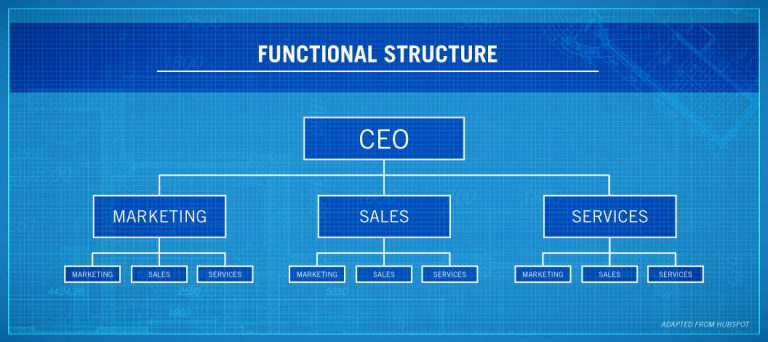
Running Things
from starting with a purpose to startup success

As much as successful businesses focus on how they sound and look to the outside world, they have to make sure their internal systems are always working & moving in the right direction.
We joined Sibongile’s latest Knowledge Exchange Session to hear more about some of the things it takes to run an efficient startup machine.
Note* – throughout this article, we use words like “company”, “business”, “startup” and “organization” interchangeably.

“Our companies don’t have the luxury of 10s or 20s of senior leadership positions that can focus on specific processes. Mostly we have to rely on ourselves, our partners, co-founders and so on.” – Sibongile Musundwa
There are a variety of methods, tools and measures that businesses use to see their own “bigger picture” and get each of their members playing the right role.
Such measures can go as deep as having vision, mission and “who we are” statements that guide the organization; or they can be as simple as deciding which members will be accountable for what.
Before you start designing, there are 2 major questions to be asked of your team members and the entire organization.
Where are you going?
A common starting point of any business venture is defining that business’ purpose. As mentioned before, businesses may have visions and Corporate Identity statements they refer to when they get lost. These ‘guides’ may mention how and why the business started, what values it stands for and where it sees itself in future.
Knowing what your organization stands for will always be helpful in making major decisions. These statements also let each member know where the organization is headed and how their contribution will help in getting it there.

While all founders are not automatically executives/ directors, a founder usually assumes a leadership position because they know why the business started and where its future operations, endeavours, pursuits etc., are headed.
Takeaway: The vision statement, values, key positioning and overall identity of an organization are a guiding pillar of all decisions and activities. While these may be amended, they are the crucial foundation of an organization’s future endeavours.
How will you get there?

Once a business has outlined its vision, purpose and identity, they can create a ‘formation’ that outlines the structures and processes that will help different departments work together towards those goals.
This formation may also specify:
- The types of people required in the different positions.
- The type of company/ departmental culture these people will enter or even create.
- The formal structure they’ll be organized in.
Particularly when outlining their formal structures, many businesses draw up a map of their different departments, highlighting each department’s “head”.

Image found here>
With several “departments” and “executives”, a healthy formation aims to get these departments (i.e the finance, manufacturing, human resources etc.) working in harmony to accomplish the organization’s grander goals.
In a situation where you’re the only decision-maker/ executive (especially in a startup), you can start this process by thinking about all the different “caps” each department your organization should have. Especially in making big decisions.
Takeaway: In addition to knowing and constantly keeping in mind the organization’s path, businesses may outline the formation/ structure that they will follow to achieve that vision. Some businesses outline the different departments, structures and systems that will define a business’ operations.

Conclusion
So, what actually goes into leading and designing an efficient startup machine? A strong vision and a killer formation, simple as that!
Even if an organization doesn’t explicitly define themselves, people who interact with them can make up their own idea of what they stand for and what their organizational structure is.
As a business, you may spend a lot of time improving and communicating the two, but a giant chunk of your organization’s success literally depends on this internal work. Follow us to hear more of what we’re doing/ trying to do to make the game a better place.
Nathi we’re growing…
Written by: Lungelo Hlela (I am Multeemedia) // Images taken by: @dayphotolife
– – – – –
Lungelo Samkelo Hlela has won (Loerie, Bookmark & Creative Circle) awards for his work as a digital copywriter. With “nothing to share”; he has been a contributing writer on our blog since 2018.






